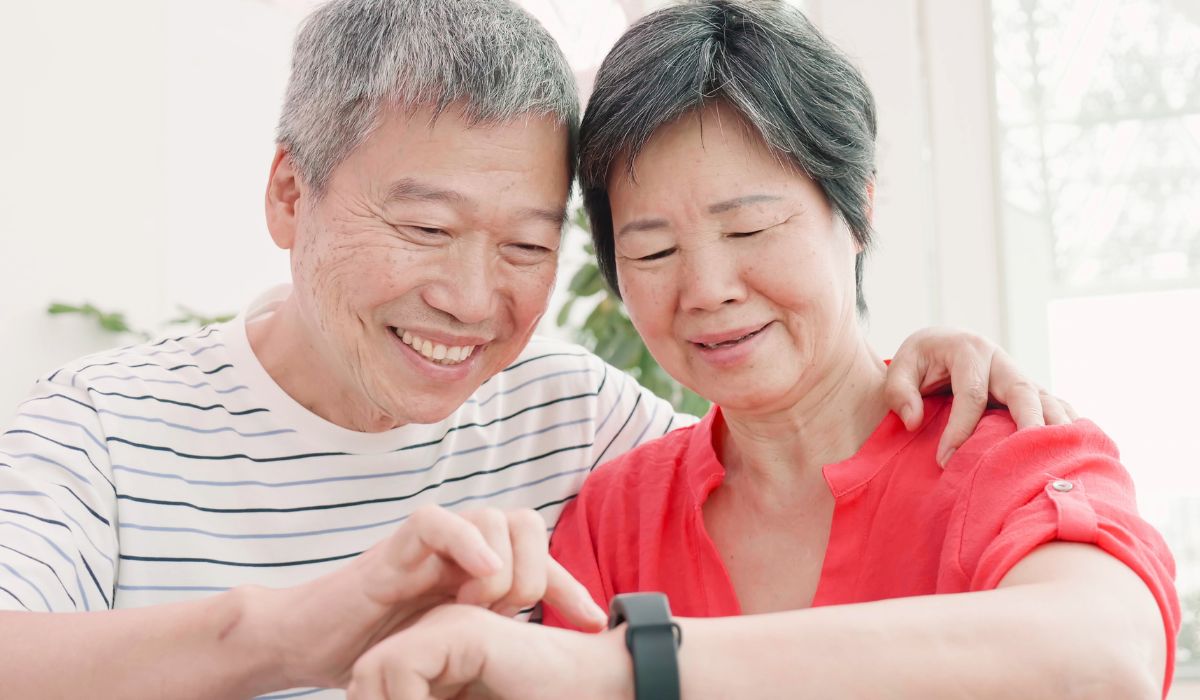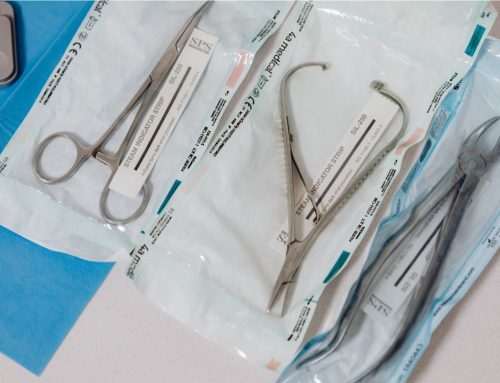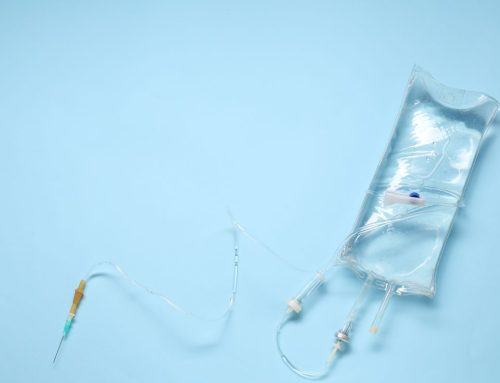Wearable technology is any kind of electronic device designed to be worn on the user’s body. Driven by consumers’ increased demand to monitor their own health and keep track of their own vital signs, the use of wearable healthcare devices has tripled in the last four years.
The technology has woven itself into society, to the point that smartwatches, fitness trackers, and other types of monitors are now mainstream and considered almost fashion accessories. Pet trackers help owners keep Fido close, and sleep trackers tell us whether we’ve had a good night’s rest. Smart jewelry, apparel, and footwear all detect issues related to the part of the body wearing them.
However, the proximity of wearable healthcare devices to the skin can cause problems such as allergic contact dermatitis, but silicone straps, fasteners, and surface coverings are proving to be a game changer.
Wearables in Healthcare
The healthcare industry is not the only flourishing marketplace for wearable technology. A July 2022 report projects the wearables market will grow to US$ 217,237.2 Mn by 2032—a CAGR of 19.2% over the next ten years. Many of these devices relate to fitness, with more than 80% of consumers willing to wear trackers, according to research by Insider Intelligence.
Remote patient monitoring is another area where wearable healthcare devices are experiencing increased uptake. Patients wear various devices aimed at tracking their vital signs, such as:
- Wearable ECG monitors that track cardiac activity, detect atrial fibrillation and send readings to the user’s doctor.
- Wearable blood pressure monitors like Omron’s HeartGuide. The device looks like a smartwatch but measures BP and daily physical activity. It also stores, tracks, and shares patient data with their physician.
- Biosensors such as self-adhesive patches, which collect data about the patient’s movement, heart rate, respiratory rate, and temperature.
The Insider report showed these devices registered an 89% reduction in patient deterioration into preventable cardiac or respiratory arrest. This demonstrates wearables’ ability to reduce costs and workload while improving patient outcomes.
The Discomfort Dynamic
The biggest problem patients experience with wearable healthcare devices is discomfort. Many items are difficult to wear on a daily basis because they press, rub, or otherwise irritate the patient. This is a well-known problem that suppliers like Fitbit publicly address, but it applies to all types of wearable devices. For example, wearable glucose monitors can cause inflammation after prolonged skin contact. Studies of eczematous rash caused by glucose monitors suggest that this reaction to wearable health devices may be vastly underreported.
The Silicone Solution
As soon as a new wearable is available, additional accessories flood the market. Decorative and functional straps for trackers, pouches, lanyards for health monitoring gadgets, and other items to carry, contain, or otherwise support the devices come out in every possible shape and size. When these are made from (or coated with) silicone, it vastly reduces the chances of developing dermatitis or other skin complaints.
A silicone membrane for wearable healthcare devices is more comfortable and breathable thanks to better-sized pores made with the help of citric acid crystals. The new preparation technique fabricates thin, silicone-based patches that rapidly wick water away from the skin. And since silicone is an industrially manufactured, hypoallergenic, odorless, and taste-neutral material, it’s biologically inert and 100% free from harmful and endocrine-disrupting ingredients such as BPA, PVC, and phthalates.
This makes it ideal for the mass production of wearable device accessories, holders, and cases. It’s particularly helpful given the frequency of natural rubber latex allergies.
For more information on how to include silicone in the design of your wearable healthcare devices and accessories, please contact us at 810.376.2085.



